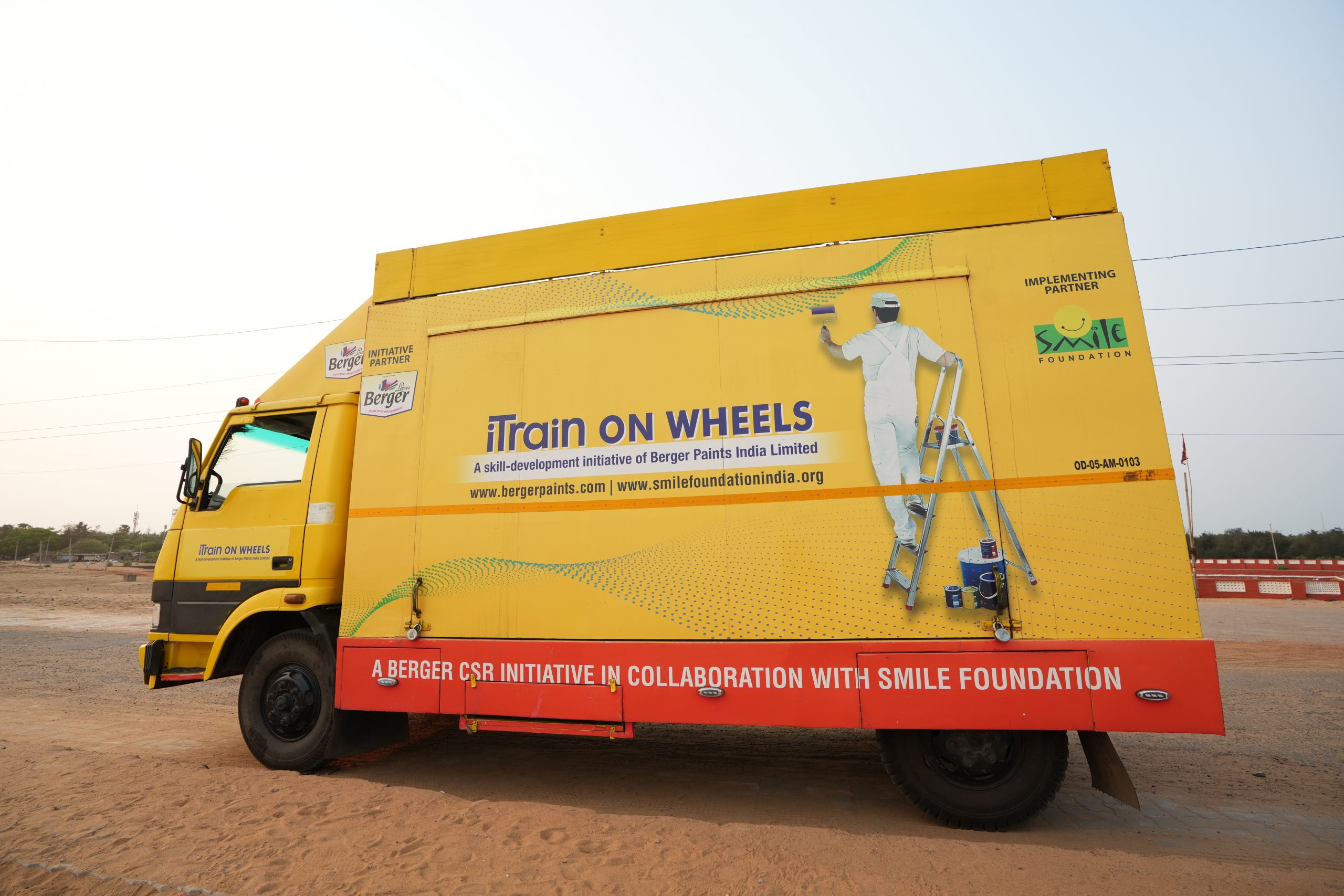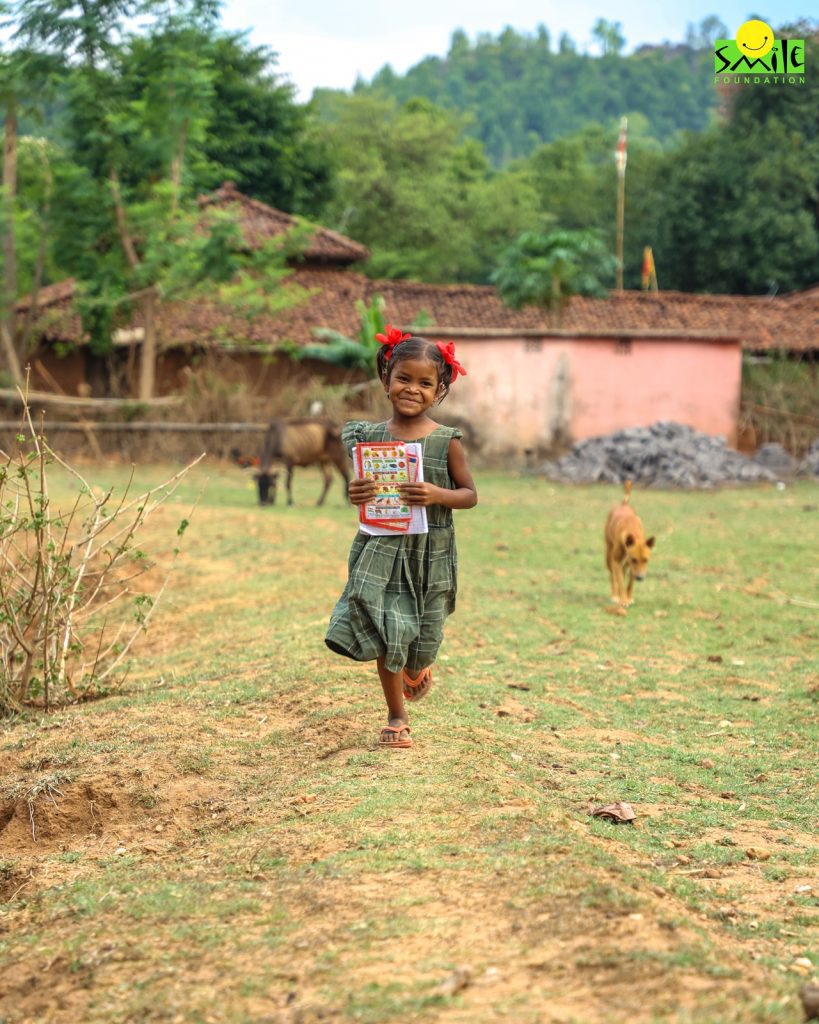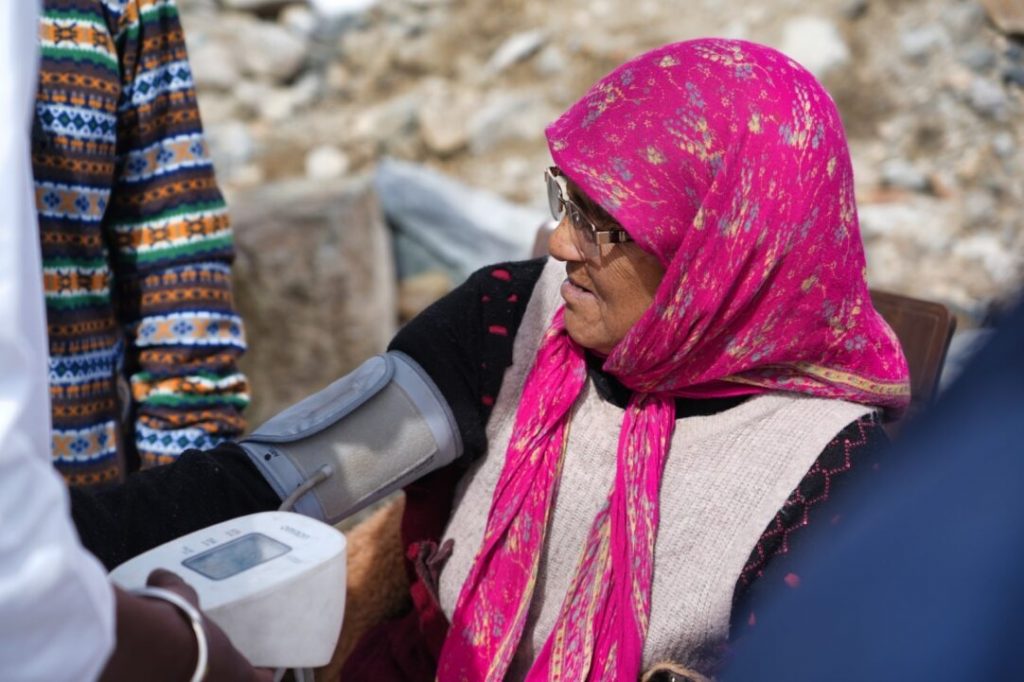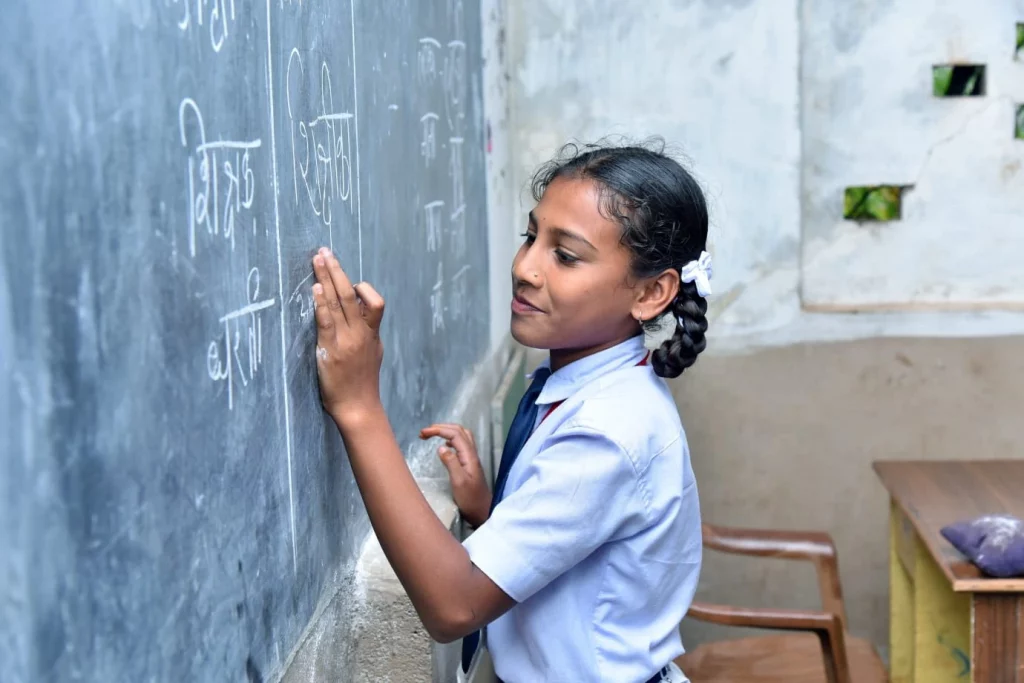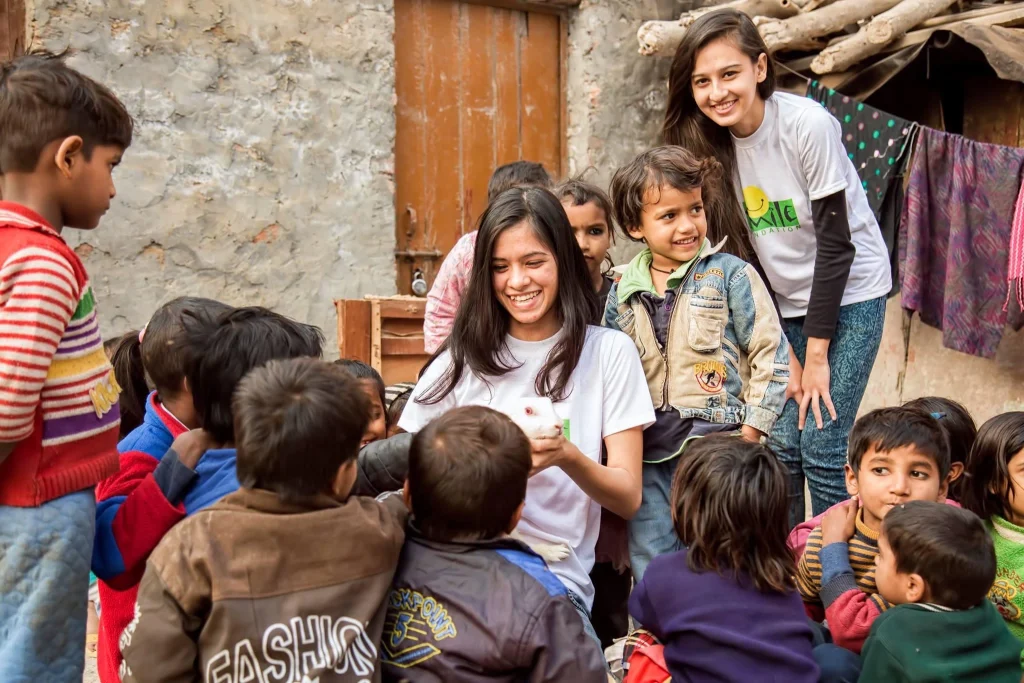By most accounts, India’s informal economy is the backbone of its labour force, employing over 90% of its workers. Yet the artisans, skilled workers, and tradespeople who keep the country running often remain invisible in policy and discourse. Among them are India’s wall painters—a workforce of millions who have transformed the country’s public and private spaces for generations, yet rarely receive the recognition or support they deserve.
Painting a picture of the past
The tradition of painting walls in India has a long and vibrant history. From intricate Mughal frescoes to tribal murals in Madhya Pradesh and Odisha, painting has been both art and livelihood. However, the advent of the construction boom and rise of mass urbanisation in the late 20th century turned this tradition into a large-scale trade. Today, India’s paint industry is one of the fastest-growing globally, projected to reach USD 15.04 billion by 2029. But, the skills of its labour force are not keeping pace with its growth.
The vast majority of India’s painters learn on the job, passed down from senior workers or family members in informal settings. As such, while they may excel at hands-on work, most lack exposure to newer application technologies, waterproofing science, safety standards, or client relationship management. The result is a widening gap between the expectations of the modern marketplace and the preparedness of its workforce.
The case for structured vocational education
The National Policy on Education (NPE) 1986 was the first to formally underscore the importance of vocational education in India. It was a call urging institutions to create pathways that linked education to employability. Over the decades, subsequent policies including Skill India and the National Education Policy 2020 have tried to bridge this gap. Yet for sectors like house painting—which remain highly informal and decentralised—systematic upskilling efforts have been patchy at best.
This is where industry-led initiatives supported by credible civil society actors can make a real difference. One such initiative is the iTrain programme by Berger Paints India Ltd. of which Smile Foundation is a partner. It is a grassroots development organisation working across 2,000 remote communities in India.
iTrain: Painting the future with skills
Launched in 2014, the iTrain programme was designed to address the scarcity of professionally trained painters in India. It provides structured training in both technical skills—like surface preparation, polishing, and waterproofing—and entrepreneurial soft skills, such as budgeting, client management, and safety practices. With Smile Foundation’s involvement since 2021, the programme has adopted a mobile training model, reaching tribal areas, Tier 2 and Tier 3 towns, and other underserved regions.
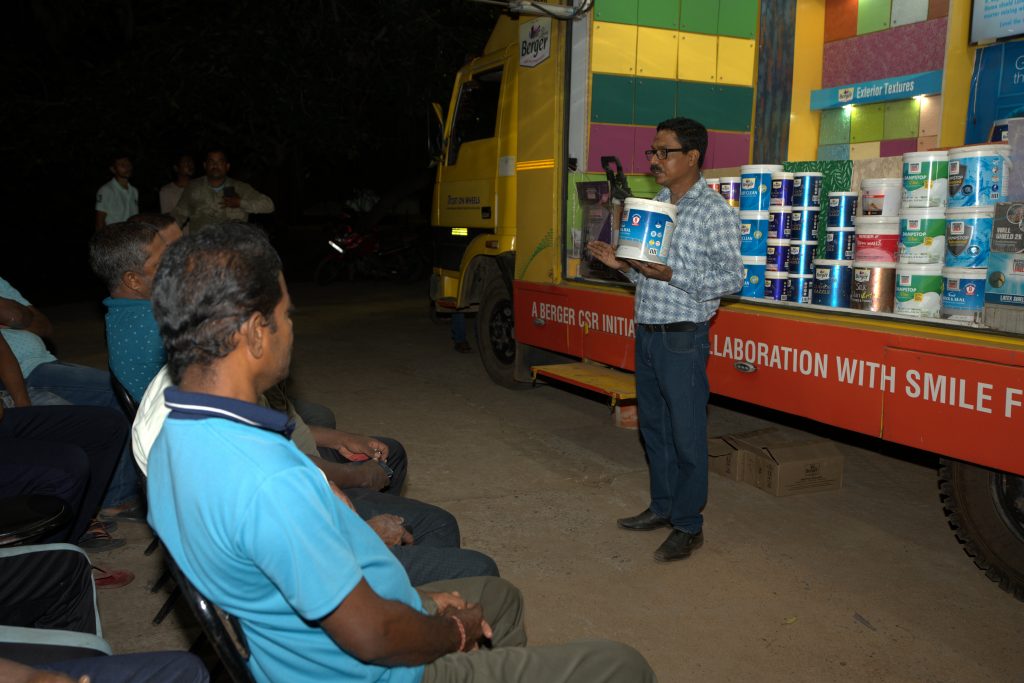
The impact has been significant:
- 77% of trainees reported a substantial boost in confidence.
- 70% experienced career progression, with many becoming independent contractors leading teams of 12 or more.
- Most strikingly, many reported 25–50% income growth, leading to improved food security, better housing, and investment in their children’s education.
This isn’t just skill development. It’s about mobility—social and economic. Painters once relegated to the margins are now becoming micro-entrepreneurs, managing projects, and building community networks.
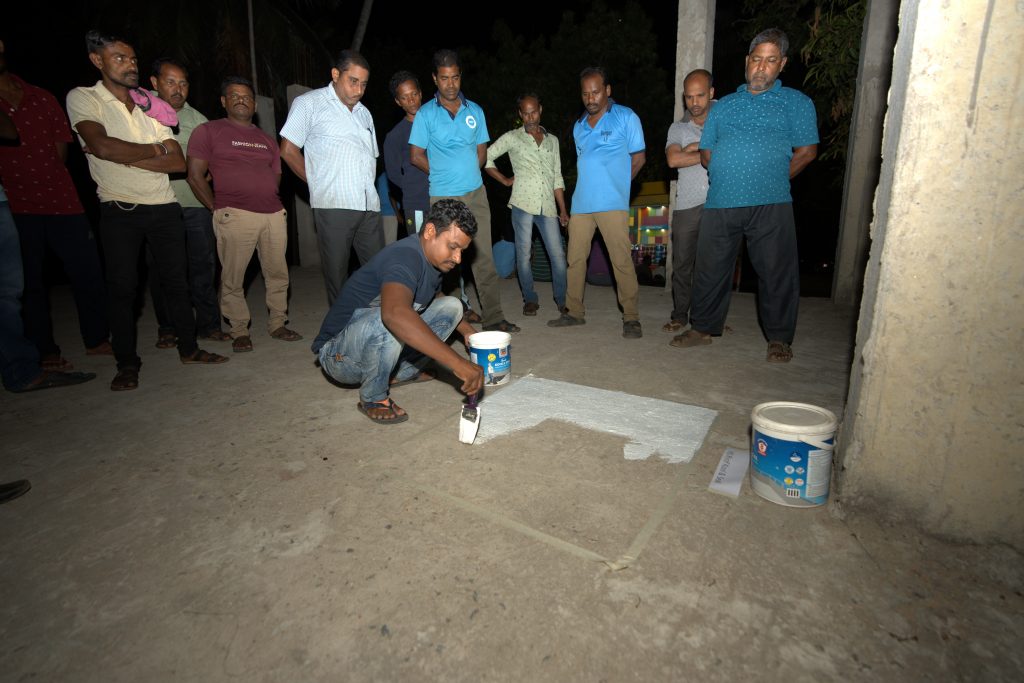
Why the model works
What makes iTrain stand out is not just its technical curriculum but its delivery mechanism. Smile Foundation’s mobile units go beyond fixed urban centres, reaching painters who would otherwise never have access to formal training. This includes women, often locked out of the trade by social norms, and differently-abled individuals or caregivers who cannot travel far from home.
The programme design reflects what the best global models of vocational education suggest:
- Contextual learning based on real-world application
- Modular training that can accommodate work schedules
- Blended formats—including printed manuals and online recordings—to support continued learning
Moreover, by including entrepreneurial training, iTrain recognises a fundamental shift in the economy: the gigification of trades. In a world where job security is declining, the ability to manage one’s business—even a small one—is a survival skill.
The untapped opportunity of India’s tradespeople
India’s 2025 workforce is expected to have over 100 million workers in need of reskilling, according to the World Economic Forum. With construction and home improvement sectors seeing a post-pandemic boom, upskilling trades like painting is a critical infrastructure development. Painters today are expected to know colour theory, stain resistance, thermal insulation, customer engagement, and budgeting.
And yet, less than 5% of India’s informal workforce has received any formal vocational training. The iTrain programme directly targets this gap. But scale is needed. With more public-private partnerships, leveraging local NGOs and state skilling schemes, India can transform its trades sector from the inside out.
Building a national movement for upskilling
What’s needed now is to take programmes like iTrain and institutionalise them at a national level, integrating them into the National Skills Qualification Framework (NSQF) and ensuring credit linkages, certification, and upward mobility pathways. Industry bodies like the Paints and Coatings Skill Council (PCSC), created under NSDC, must also broaden their base to include informal workers and gig contractors.
A national strategy should focus on:
- Standardised curriculum co-developed by employers and civil society
- Micro-credentialing systems that allow workers to stack skills over time
- Technology-enabled mentorship to guide new painters towards sustainable employment
The final brushstroke
The iTrain programme exemplifies a powerful lesson: when we equip workers with both tools and dignity, we improve livelihoods and transform industries. Painters in India have long coloured our homes, schools, and lives with beauty. It’s time we returned the favour—by painting them a future filled with opportunity, recognition, and growth.

